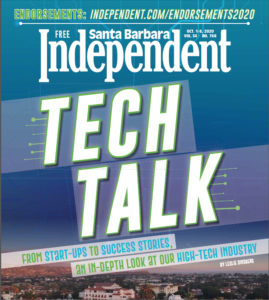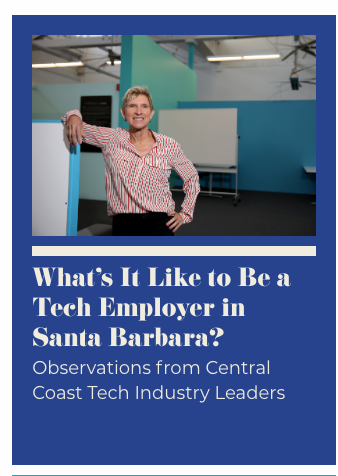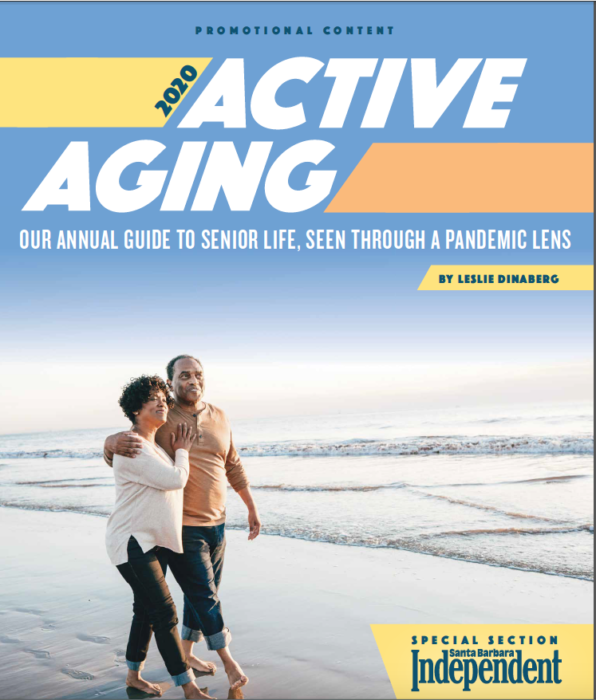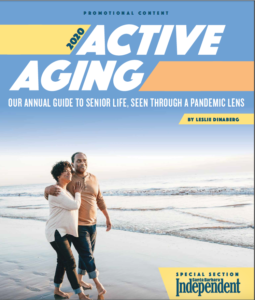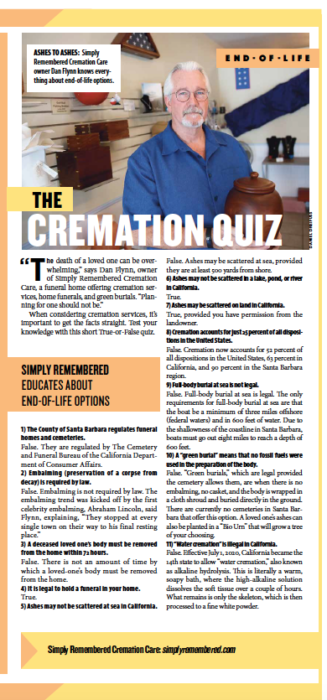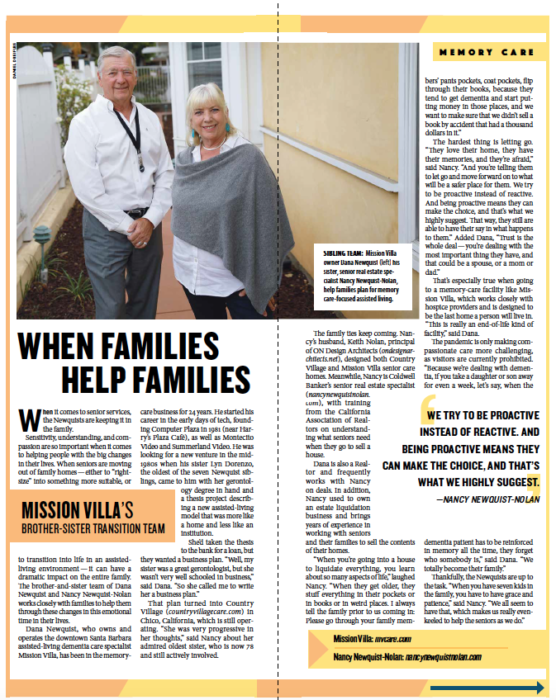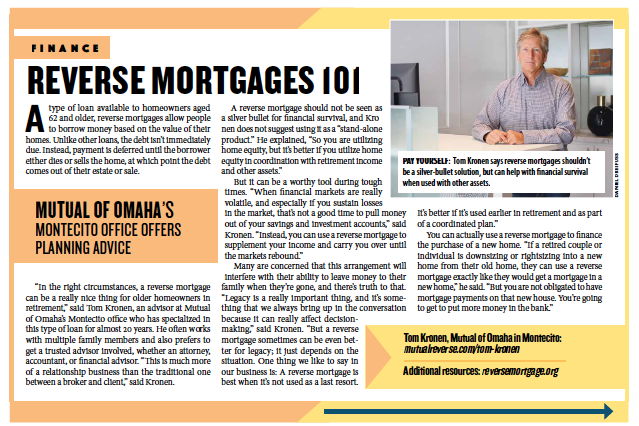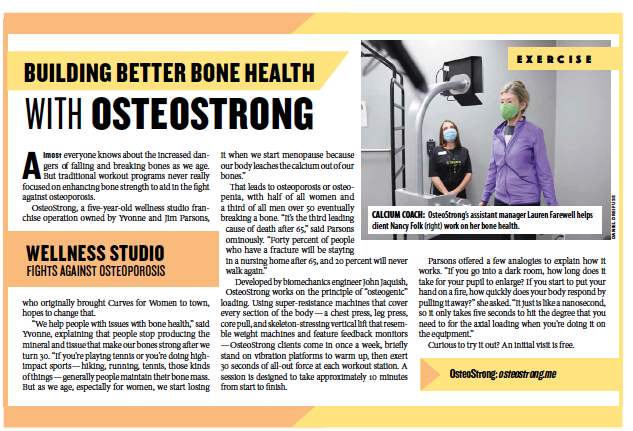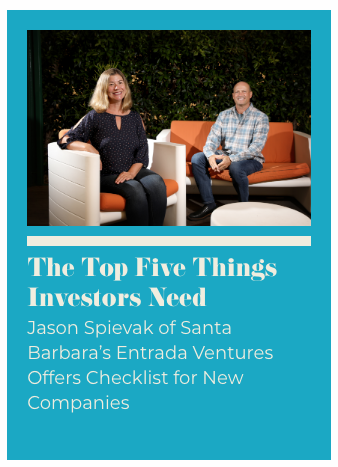
Julie Henley McNamara and Jason Spievak of Entrada Ventures, photo by Daniel Dreifuss for Santa Barbara Independent.
With a career as an investor and founder spanning three decades and a broad range of technologies from agricultural sciences to virtual reality, Entrada Ventures cofounder Jason Spievak believes these five things are critical for attracting investors.
1 INTEGRITY “There’s some core criteria that we look for, and job one is integrity, far and away. Because if you can’t trust someone, you can’t rely on them and you can’t work with them, so that is absolutely binary. There is no wiggle room on what I call situational ethics.”
2 THE RIGHT FIT “Does this person have the skill and the experience to do the thing that they need to do to succeed in their role? Are they actually the right person for the job, so to speak, in terms of skills, experience, and aptitude?”
3 A WINNING MINDSET “We all, unfortunately, know people who were raised from childhood to believe that success happens to other people and it’s their job to get the ball to the one-yard line and toil away in anonymity while somebody else makes it happen. We really want to invest in folks that believe that they deserve success.”
4 SOMETHING TO PROVE “It’s a little bit esoteric, but do they have something to prove? You want to bet on someone — I don’t care if you’re proving it to your mom, your dad, your teacher who gave you a B, your coach who didn’t start you, your boyfriend who broke up with you. Who feels like they have something to prove? They work really, really hard. And they work hard when no one’s watching.”
5 CHEMISTRY “Would you want to sit next to this person on an airplane for six hours? The only guarantee is you’re going to spend a heck of a lot of time together when you invest in someone’s company, and as a result, you want to enjoy that time. You want to be learning; you want to look forward to that time together and not roll your eyes when you see their name on the phone, so it’s pretty important. People talk about investing in someone’s company as being like a marriage. It’s more than marriage in a way because you can’t get divorced.”
BONUS POINTS: PROVEN TRACK RECORD “There’s absolutely an overwhelming amount of evidence out there that shows that founders who build and successfully exit a company are more likely to do it again. So a proven track record is ideal. However, when you’re doing early-stage investing, as we like to do here in the region, it’s often the case that this is the first company for these founders; otherwise, they would not necessarily be seeking early-stage capital—they would have it already.”
Tech Talk Special Issue for the Santa Barbara Independent, originally published on October 1, 2020.
To read the issue as it appeared in print, please click here, Tech Talk 768_10_01_20

